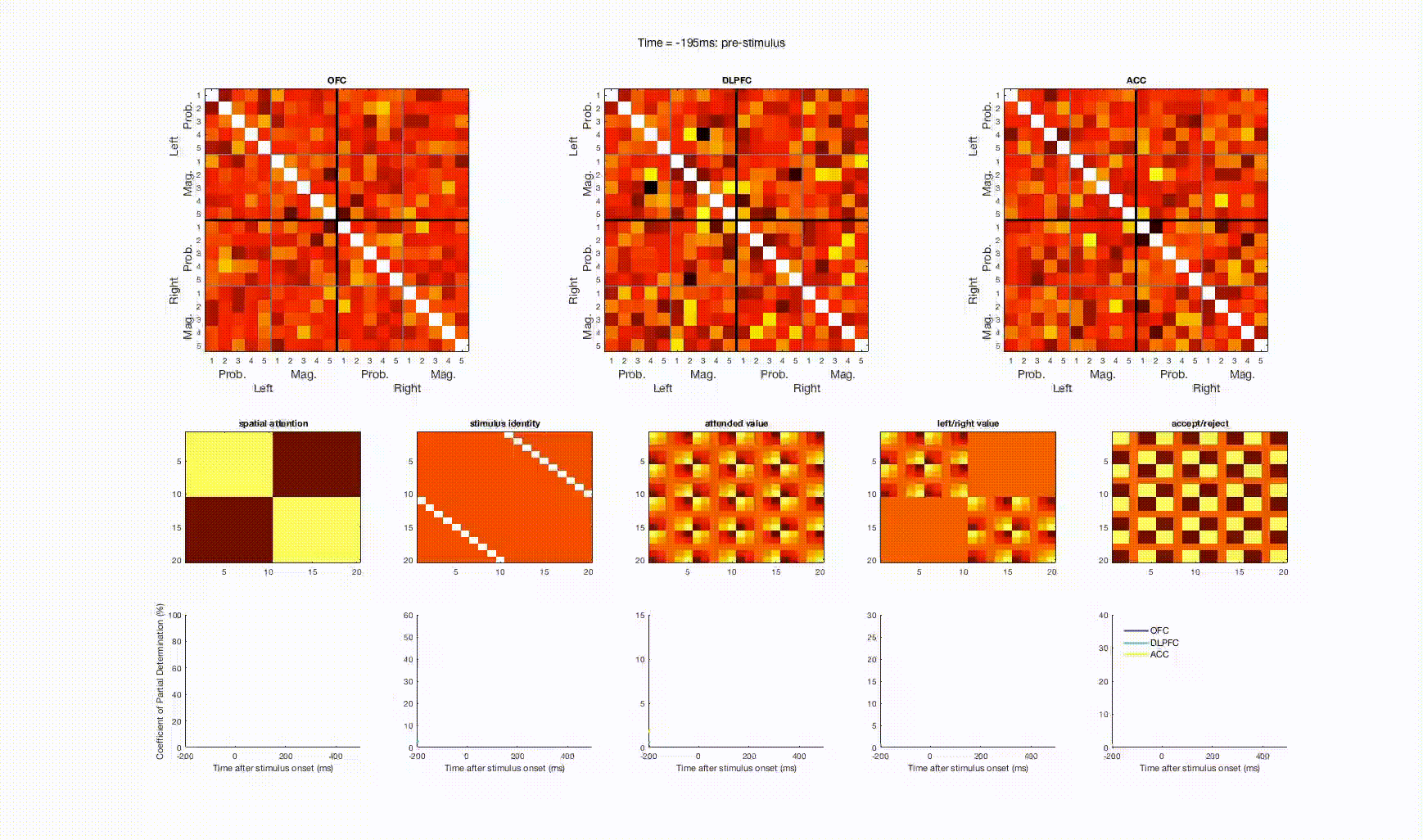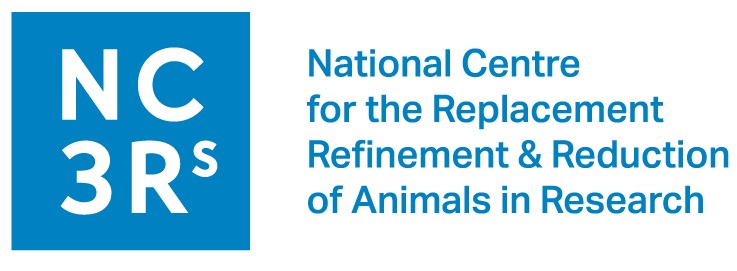We are a computational neuroscience lab based in the Department of Experimental Psychology at the University of Oxford.

2025 | Ferran will be joining us as a PhD student in fall.
2025 | Julian joined the lab as a rotation student.
2025 | Bruno published his preprint on model-based and model-free reinforcement learning on Biorxiv.
2024 | Sven joined the lab as a PhD Student.
2024 | William started a PhD at the SWC, UCL.
2024 | Janahan joined the lab as a postdoc.
2024 | Tim's distributional reinforcement learning paper got accepted into Nature Neuroscience.
2023 | Seb presented his MEG work at Cosyne.
2023 | Seb published his preprint on a cognitive map for value-guided choice in vmPFC on Biorxiv.
2023 | William joined the lab as a research assistant.
2023 | Carl joined the lab as a PhD student.
Decision-making is one of the most important cognitive functions of humans and animals. We make hundreds of decisions every day, from the seemingly simple (e.g., what to eat for lunch) to the more complex (e.g., how to best allocate your time). Most of these decisions will be associated with their own costs and benefits (reward, time, probability, effort, etc) which collectively need evaluation and integration to determine each choice’s overall value. However, that is only one side of the story.
When making decisions, it is beneficial to have a model of the environment within which choices are made. For example, knowing the rules or structure of the environment (e.g., knowing the layout of the London transport system) is useful if the environment changes and our behaviour needs to be adjusted (e.g., when your commuter bus/train line is down) to achieve the desired goal (e.g. getting to work). Understanding the possible rules and transitions is also useful for simulating or predicting the necessary behaviour in new environments with similar structure (e.g., applying rules/concepts from the London Underground when using the Paris Underground).
Thus, arguably the main function of the brain and its many cognitive functions (memory, learning, attention) is to support learning appropriate neural models that underlie optimal behavior.
The goal of our lab is to uncover the different computations and functions of different subregions of prefrontal cortex and medial temporal lobe during learning, planning and decision-making, and how these subregions interact to construct models of our environment.
Our working philosophy is that to understand behavior in both health and disease, we must understand the anatomical networks and neural computations/mechanisms that support behavior. To accomplish this, we use a range of methodological approaches including electrophysiology (single neuron, local field potentials), human neuroimaging (fMRI, MEG), and biophysical and computational modeling such as reinforcement or machine learning. We also test causal links between these brain regions and behavior by using reversible inactivation (pharmacological or stimulation) techniques.
Supported by:
![]()

![]()
